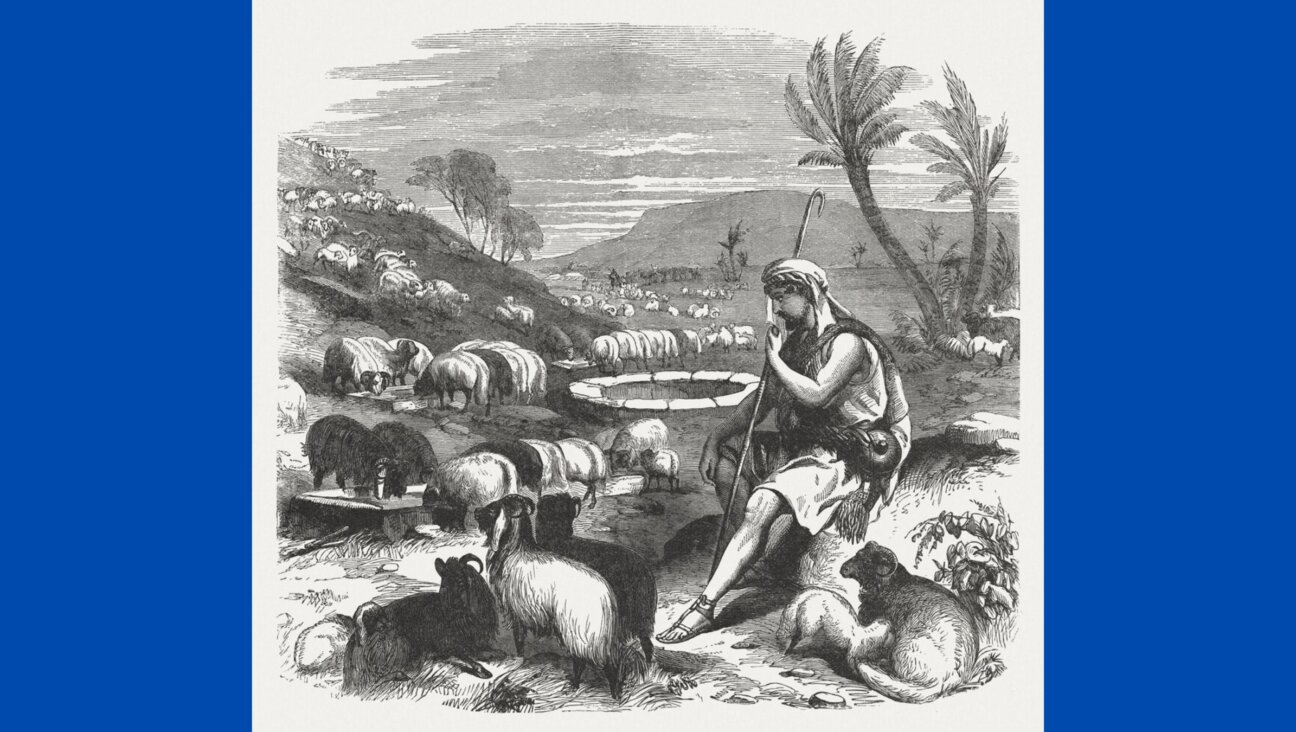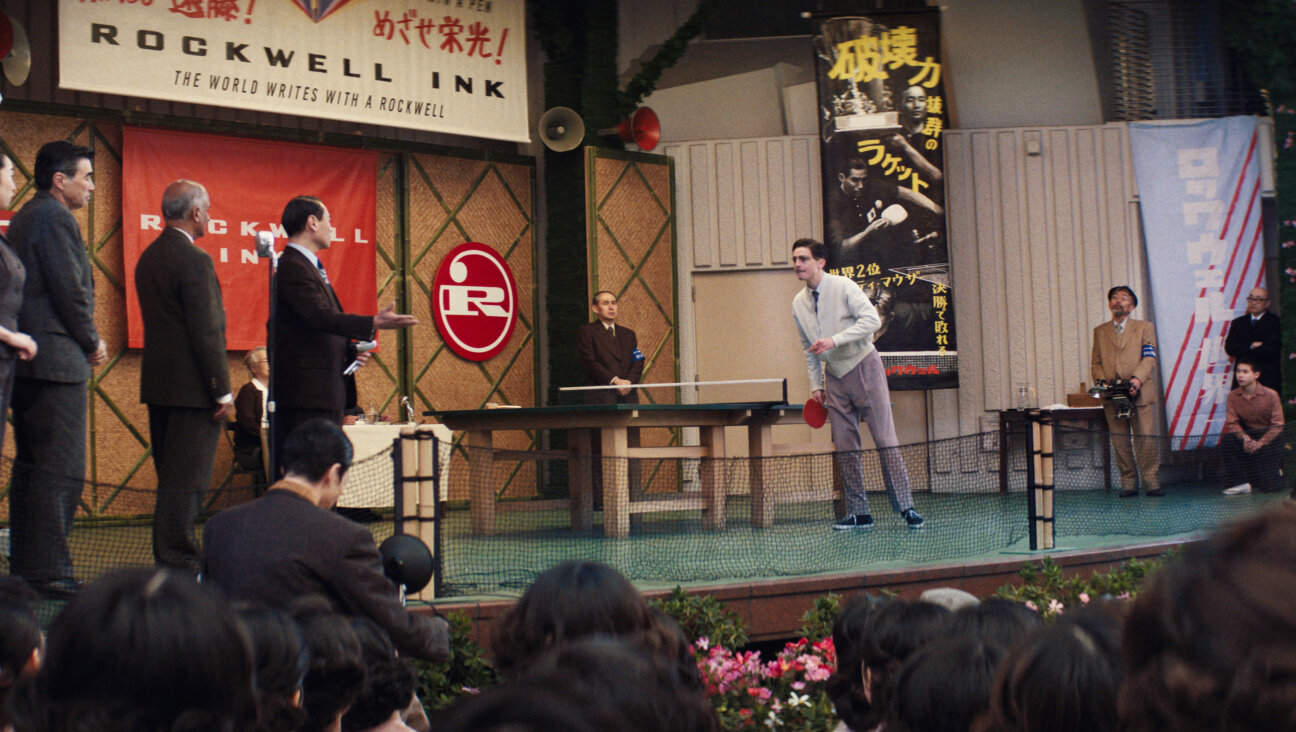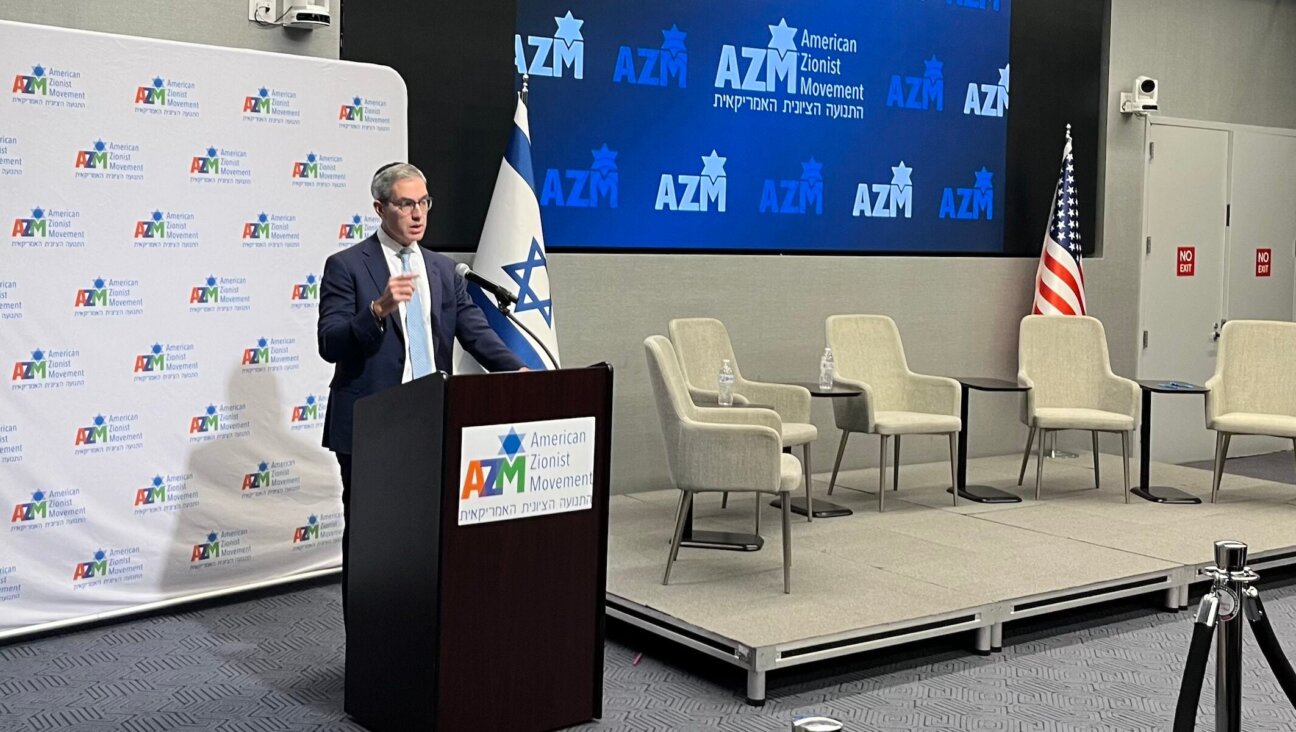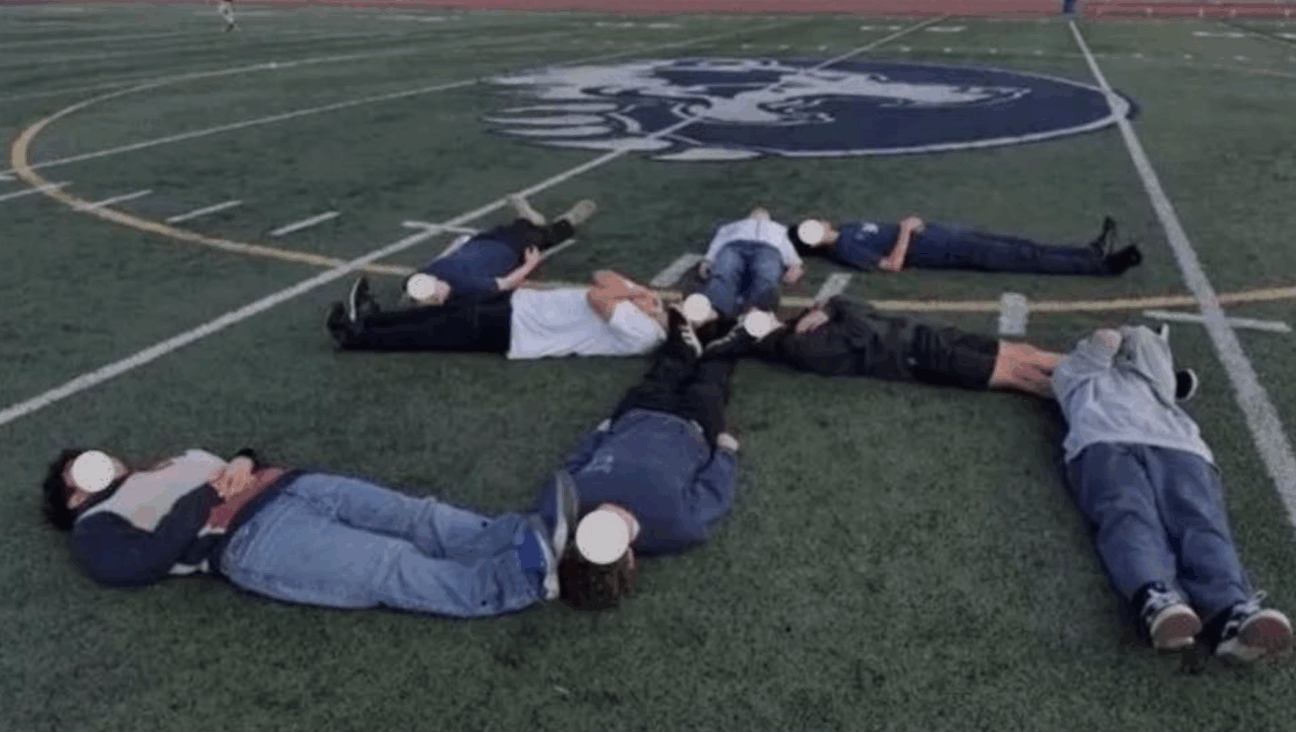Tracking Change, and the Lack of It, In New York’s Garment Industry
A Coat of Many Colors: Immigration, Globalization, and Reform In New York City’s Garment Industry
Edited by Daniel Soyer
Fordham University Press, 312 pages, $75.
* * *|
‘What’s the difference between a Jewish clothing worker and a Jewish psychiatrist?” an old joke goes. Answer: “One generation.”
Actually it was more like two or even three generations, though the mythological connection between New York Jews and the garment industry certainly makes it seem longer. But, as shown by several essays in Daniel Soyer’s new book, “A Coat of Many Colors: Immigration, Globalization, and Reform in New York City’s Garment Industry,” the garment center has dispersed from downtown tenements to midtown lofts, and then after World War II, to Chicago, Rochester and California — even as New York City, whose garment industry had been its industrial heart, continued to be an important home for clothing manufacturing, though the number, color and ethnicity of garment workers has changed radically.
Indeed, as Soyer shows, the “new” garment industry looks a good deal like the “old” one. New waves of immigrants, mostly from Asia and the Caribbean, now cut, sew, and assemble clothing in shops located in all five boroughs, taking the place of upwardly mobile Jews. Some of these groups, especially the Chinese, Dominicans and Koreans, like the Jews before them, supply not only an exploitable work force, but also most of the garment industry’s entrepreneurial initiative. Much else is familiar, too: Piecework, crowded and unhealthy conditions, low pay and relatively poor housing continue to oppress and restrict. The industry continues to need cheap workers, and poor immigrants continue to need jobs and cheap housing.
The well-written essays included in this book by historians, sociologists and economists explore the emergence and decline of the garment industry in New York, its shifting geography, its tailors and “troublemakers,” its various “cultures of work,” its men and its women and their expanding spheres of participation, and what all this has meant for New Yorkers — new and old, bosses and workers, labor activists and “cockroach capitalists” (Soyer’s term for contractors), all of whom are experiencing the global process of economic change. The book originated in the Sweatshop Project, a late-1990s initiative of the Rockefeller Foundation Institute in the Humanities, sponsored by the Lower East Side Tenement Museum and by Unite, the needle-trades union that incorporates the old International Ladies Garment Workers Union and Amalgamated Clothing and Textile Workers Union. (It’s since merged with with the Hotel Employees and Restaurant Employees International Union to form Unite HERE!, which represents some 450,000 workers and 400,000 retirees in the two industries.)
Despite its many scholarly contributors, then, the book has a clear point of view. It is sophisticated and complex, and it takes the side of workers (as do I). But I think it would have strengthened the anthology had it been even more prescriptive, and had it included a chapter or two by scholarly defenders of the North American Free Trade Agreement and the Central American Free Trade Agreement and, with some qualifications, globalization in general. In the end, however, “A Coat of Many Colors” reminds us powerfully of our obligation to help construct international fair-labor standards, and to call for the social responsibility of corporations, as well as governments, unions and individuals, all of whom are involved, willingly or not, in the global political economy of the garment industry.
Gerald Sorin is a distinguished university professor at SUNY New Paltz. In 2003, his latest book, “Irving Howe: A Life of Passionate Dissent”(New York University Press), won the National Jewish Book Award in history.
















